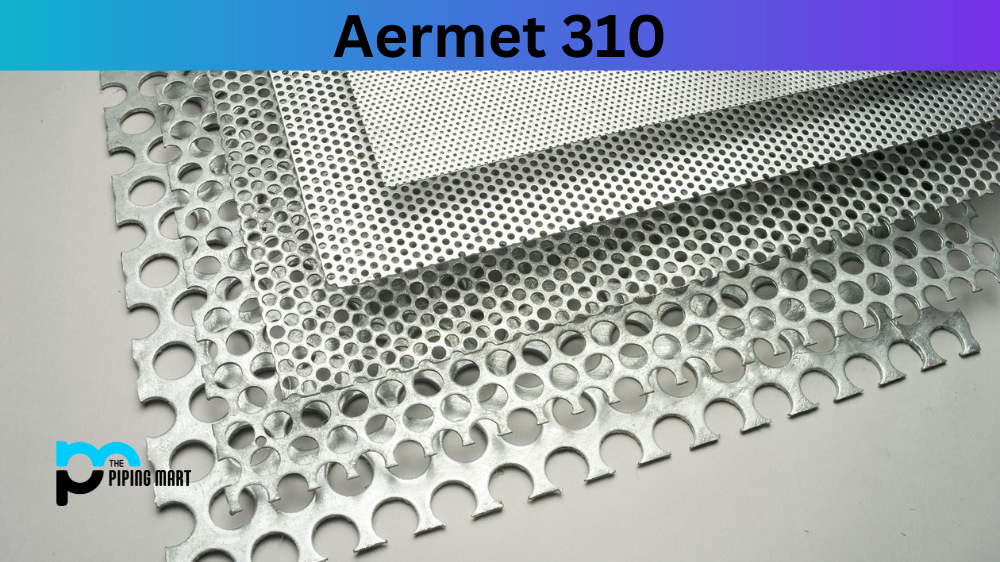C64700 is a copper-nickel-beryllium alloy that has become increasingly popular over the last decade due to its durability, resistance to corrosion, and heat treatment capabilities. This alloy is particularly useful in marine engineering, oil and gas drilling, and aerospace engineering applications. This blog post will explore the composition, mechanical properties, physical properties, uses, corrosion resistance, heat treatment, machining, and welding of C64700.
C64700 Composition
C64700 comprises 1% beryllium and 2% nickel; the remaining balance is copper. The small amount of beryllium enhances its strength, hardness, and conductivity. At the same time, the nickel helps to mitigate its natural tendency to deform under high temperatures and increases its resistance to wear and corrosion.
| CU | FE | PB | NI | SI | ZN | |
| Min./Max. | Rem. | .10 | .09 | 1.6-2.2 | .40-.8 | .50 |
| Nominal | 97.5 | – | – | 1.9 | .6 | – |
C64700 Mechanical Properties
C64700 has an ultimate tensile strength of 960 MPa and a yield strength of 620 MPa. It also has a high modulus of elasticity at approximately 119 GPa. These mechanical properties make it a versatile alloy that withstands high loads and stresses.
| Tensile Strength (N/mm²) | 490 |
|---|---|
| Proof/Yield Strength (N/mm²) | 340 |
| Elongation (%) | 12 |
| Hardness Brinell | 160 |
| Impact Izod J20°C |
C64700 Physical Properties
C64700 has a specific gravity of 8.91 and a melting point of approximately 1100°C (2012°F). It is a non-magnetic alloy with excellent electrical conductivity, thermal conductivity, and ductility.
| PRODUCT PROPERTY | US CUSTOMARY | METRIC |
| Density | 0.322 lb/in3 at 68 F | 8.91 gm/cm3 @ 20 C |
| Specific Gravity | 8.910 | 8.91 |
C64700 Uses
C64700 is an ideal alloy for marine engineering, as it exhibits excellent corrosion resistance to seawater, salt spray, and brine. It is also used in oil and gas drilling due to its wear and corrosion resistance. Aerospace engineers appreciate its high strength-to-weight ratio, making it an excellent choice for aircraft parts such as landing gear and hydraulic systems.
C64700 Corrosion Resistance
C64700 is resistant to many corrosive environments, including saltwater, fresh water, and most organic and inorganic acids. This is because of its high content of copper, which forms a protective oxide layer when exposed to air, preventing further corrosion.
C64700 Heat Treatment
C64700 can be hardened through heat treatment, making it a helpful alloy in applications that require high strength and durability. It can be solution-treated and then aged to achieve the desired hardness, power, and ductility.
C64700 Machining
C64700 exhibits excellent machining properties due in part to its high copper content. It is readily machinable in its annealed and age-hardened states, making it an ideal choice for complex parts requiring precise machining.
C64700 Welding
C64700 is readily weldable using gas tungsten arc welding (GTAW) and gas metal arc welding (GMAW) techniques. However, it is essential to note that C64700 is susceptible to hydrogen embrittlement in its age-hardened state, which can cause cracking during welding. Proper pre- and post-weld heat treatment can prevent hydrogen embrittlement and ensure the integrity of the weld.
Conclusion
C64700 is a versatile copper-nickel-beryllium alloy with superior mechanical properties, excellent corrosion resistance, and superb heat treatment capabilities. It is famous for marine engineering, oil and gas drilling, and aerospace engineering. Understanding its composition, properties, and uses can help you determine whether C64700 is a suitable alloy for your application.

Abhishek is a seasoned blogger and industry expert, sharing his insights and knowledge on various topics. With his research, Abhishek offers valuable insights and tips for professionals and enthusiasts. Follow him for expert advice on the latest trends and developments in the metal industry.




